There are many varieties of white squash that can be used in cooking. Some of them are White Acorn Squash, Cushaw White Squash, and Zucchini Lungo Bianco Squash. They all have their own unique flavor and texture. Let’s explore them! This article will introduce the most popular types and give you tips for growing them.
White Winter Squash Varieties
If you love the taste of white winter squash, you have a lot of choices. These varieties include Cushaw White, Yugoslavian Finger Fruit, and White Acorn. Learn about the differences between these types of squash. Also, discover how to grow them successfully. Whether you want to grow them for their winter squash or for their fall or winter squash, there are many varieties to choose from.
White Acorn Squash
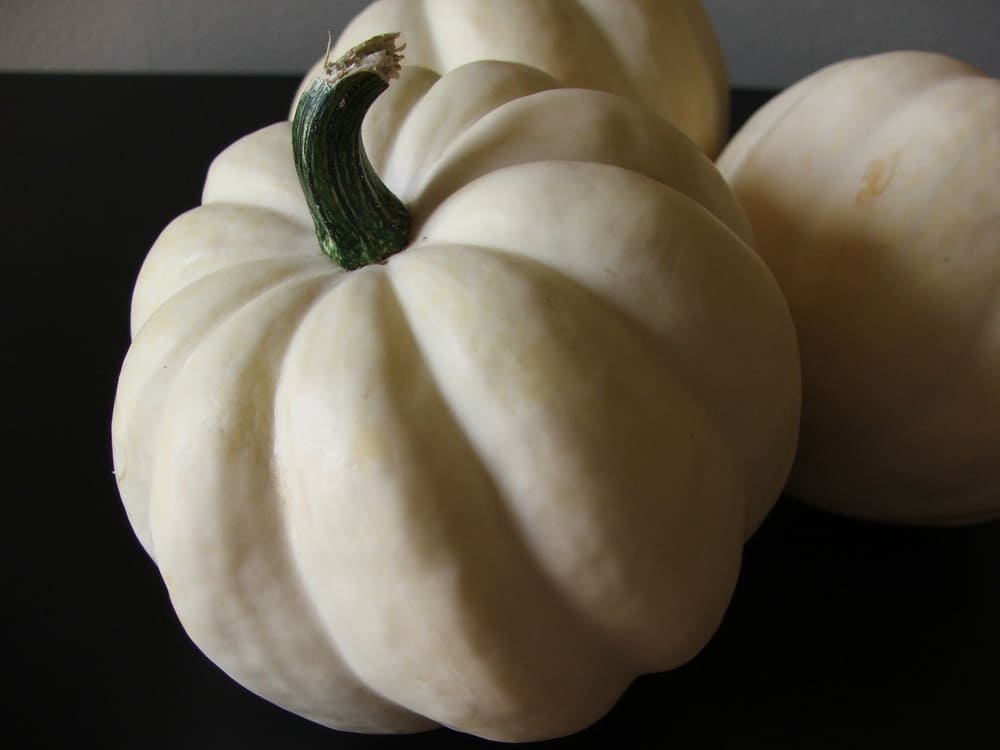
The White Acorn Squash is a versatile winter squash that is great for a variety of uses. It is a long-storage variety, meaning that it will last for several months after harvest. It contains 9 grams of fiber per cup and is high in vitamins C and B vitamins. It also contains provitamin A, which helps fight disease.
Before cooking, it is essential to remove the seeds and fibers from the squash. Then, you can steam, broil, or bake it. The skin is easier to cut if pierced, and you can also heat it in the microwave for two minutes before carving it. The deeper the orange color of the flesh, the sweeter it is.
The White Acorn Squash is small to medium-sized, with an ovoid shape and deep, furrowed ridges. When young, the skin is a light green color with some orange spots. When fully ripe, it weighs one to three pounds. It is a must-have for any winter squash collection.
Acorn squash is a versatile winter squash that is available year-round. You can buy it year-round, but the best time to buy one is fall or winter, when the weather is cooler and the weather warms up. It is high in vitamins C and A, and is a good source of riboflavin and beta-carotene.
Acorn squash is similar to zucchini. The main difference between them is the color. Green acorn squash is the more common variety and has a dark green ridged outer skin and deep yellow-orange flesh. Golden acorn squash, on the other hand, has a pumpkin-orange outer skin and a traditional orange inner flesh.
Cushaw White Squash
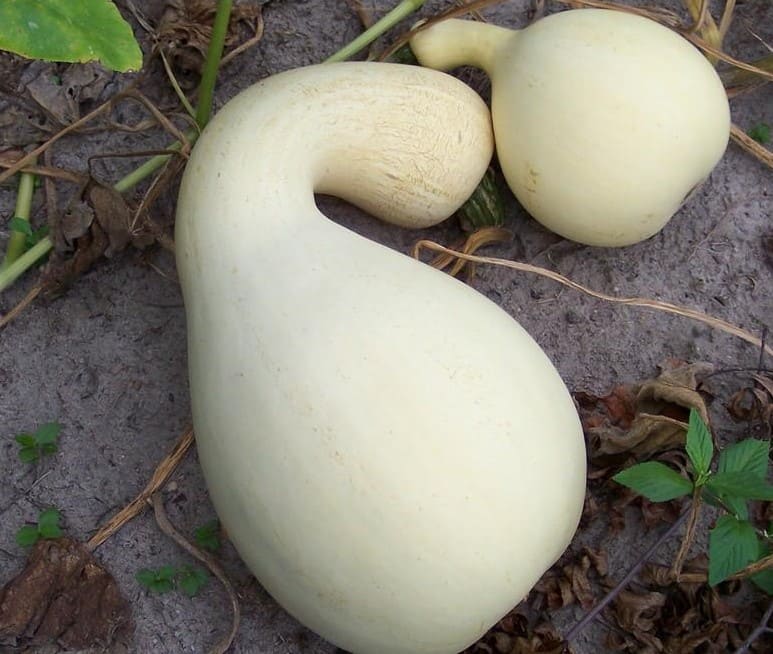
Cushaw White Squash is one of the many varieties of squash. It has an orange flesh and is gourd-shaped. The fruit is edible when immature, and grows to weigh five to 25 pounds when mature. Cushaw squash is often cultivated as a garden crop in the Southwest. It is also known as the sweet potato pumpkin or crookneck pumpkin. It has a long ribbed neck and is a good choice for freezing or canning.
Cushaw squash is a winter squash, which means it matures on the vine before harvest. It has a sweet, mild flavor, and is a popular vegetable. In Appalachia, cushaw is known as Tennessee sweet potato. The fruit is eaten raw or cooked and is a good substitute for pumpkin in pies. The fruit’s seeds are edible, and Native cultures have long eaten them. It is also popular in Creole cuisine.
Cushaw White Squash varieties are not hard to grow, and they have an orange flesh. They grow up to 2 feet long and have a sweet and nutty flavor. They are best grown in areas with well-drained, fertile soil. They should be watered frequently in hot climates. Squash is susceptible to pests, so be sure to protect your crops by using row covers or black plastic.
The mild flavor of cushaw squash lends itself to the creation of sweet and savory soups. As a dairy-free and gluten-free vegetable, cushaw can be consumed in a variety of ways. In addition to soups, cushaw can also be eaten as a snack. Its firm texture and sweet taste reminds one of apples. Cushaw cubes are also perfect for baking.
Yugoslavian Finger Fruit Squash

The Yugoslavian Finger Fruit Squatch has a bushy growth habit and is characterized by eight to ten finger-like protrusions on the fruit. It is a delicious squash, especially when young, but can also be left to mature on the plant to develop a richer flavor. Moreover, it makes a beautiful ornamental display item.
The Yugoslavian Finger Fruit Squash has an odd look, but it is delicious and is well worth the effort. Its flesh is white/cream in color and weighs between four and five pounds. The flesh of Yugoslavian Finger Fruit Squash is soft, succulent and flavorful.
Carnival Squash
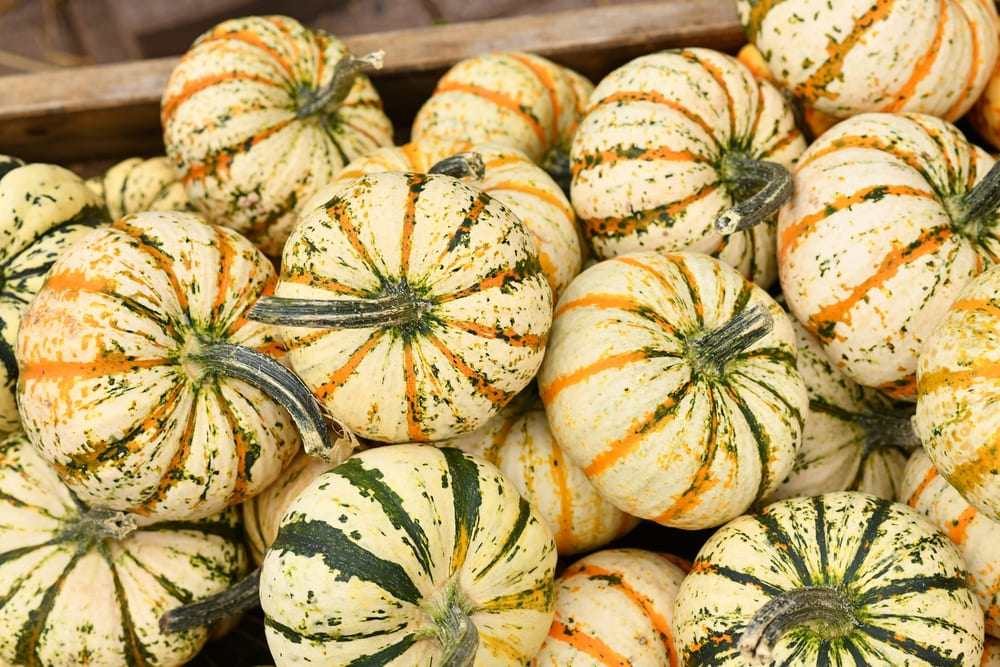
Carnival squash is a hybrid squash that combines characteristics of an acorn and a sweet dumpling. Its small, round shape and speckled, sweet orange flesh make it an ideal choice for many cooking applications. These squashes can be roasted whole or cut into slices for soups, sauces and individual servings. The delicious flavor and versatility of carnival squash are highlighted by the addition of butter and spices.
Carnival squash has a mild, sweet, and nutty flavor. Its skin is green or yellow with hints of orange in the ridges. When cooked, it holds spice well. It can also be eaten raw. This squash is similar to delicata squash, which is also sweet and has a thin, green skin.
If you want to use carnival squash in a recipe, cut it lengthwise and sprinkle with a little salt and pepper. Place on a rimmed baking sheet lined with foil. Bake for 45 to 60 minutes. For extra flavor, you can slice the squash in half and spread it with maple syrup or cinnamon.
Another great squash variety is the Carnival. These are yellow-colored and have a squat shape. Their flesh is also very sweet and can replace acorn squash in most recipes. If you have a garden, consider growing these varieties and enjoying their delicious fruit in the fall. You’ll find that they can be used for everything from pies to soups.
Acorn squash are similar to carnival squash in appearance. They’re both good for cooking and are low in calories. Gold Nugget squash, on the other hand, are orange pumpkin shaped. They have a high fiber and complex carbohydrates content. They’re an excellent source of vitamin C, potassium, and manganese.
White Summer Squash Varieties
While all summer squash varieties belong to the species Cucurbita pepo, they are distinct from their winter cousins in several ways. Summer squashes bear their fruit on bushy plants rather than sprawling vines, and their rinds are soft and edible. Most varieties of summer squash are harvested while still immature.
Despite their unique color, white summer squash is not widely available. They have a delicate flavor and can be used in a variety of recipes. They grow in a bush-like habit and yield large crops. If you want a squash variety with high yields and a delicate taste, white summer squash is the perfect choice.
Squash varieties are very versatile and can be used in cooking and baking. You can slice or cube them, roast or fry them, or stuff them. The flesh of these squashes is sweet and delicious. They can also be used as fillings or to stuff into burgers. They are also easy to handle and grow in a garden.
Zucchini Lungo Bianco Squash
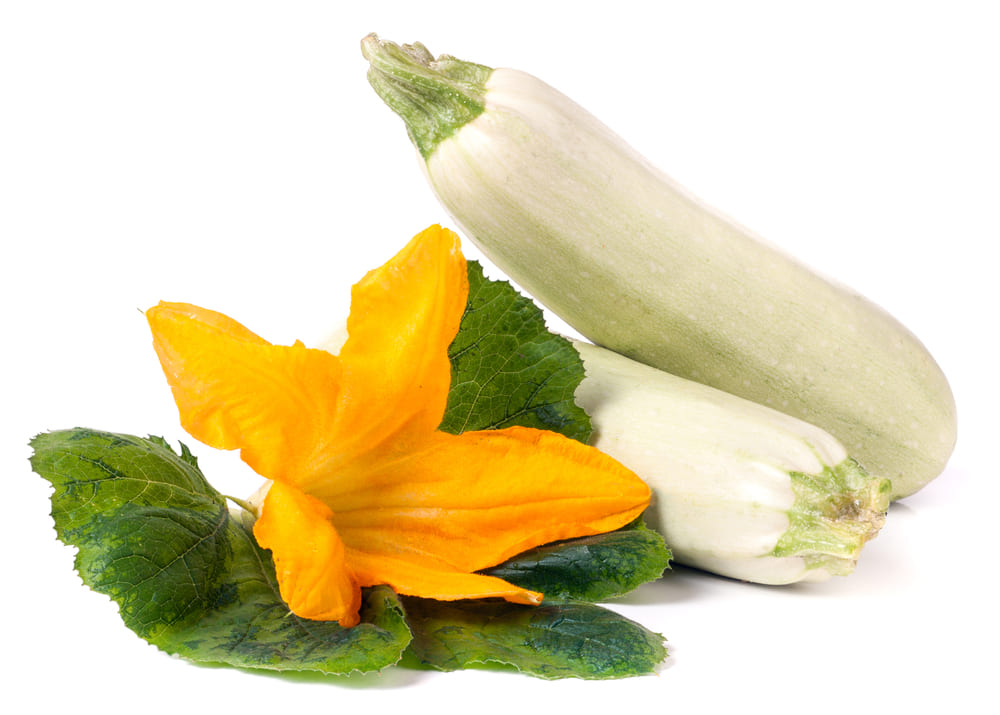
Zucchini and cocozelle are related varieties, but they evolved independently. The former was developed in Naples before 1811, while the latter developed near Milan in northern Italy in the 19th century. Today, zucchini and cocozelle are grown and used for cooking. The varieties are sometimes known as zucchini or squash.
There are several varieties of zucchini, all of which are edible. The White zucchini, for example, is white and pale green in color. This Italian variety is also known as the Lungo Bianco di Sicilia. The fruit is long and slender, and grows on vines. This type of squash is a good producer and grows quickly.
Although there are two types of zucchini, these two varieties are very similar. The difference between them is the color. The former has a darker green flesh, while the latter is a pale yellow-green color. However, the flesh of the former is slightly thicker and firmer.
White zucchini lungo bianco squash varieties are similar to other types of zucchini, but are smaller in size. Generally, they are firmer and have less water than other yellow summer squash. They are great for making yellow spiralized veggie noodles.
Zucchini Lungo Bianco di Sicilia
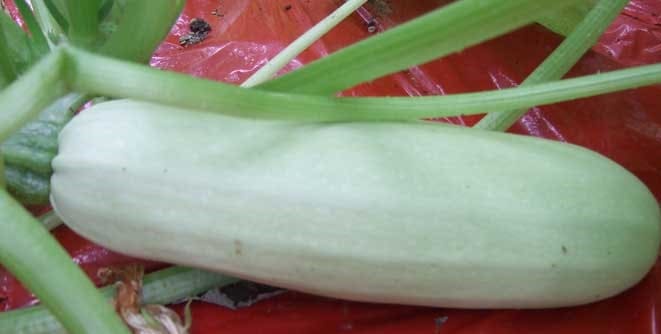
The Italian word zucchini has been used since 1809 to describe small, mature bottle gourds. These plants were originally used for tobacco storage, and the word zucchini was first used in Tuscany and spread to other parts of Italy. Zucchini is a diminutive form of the word cocuzza, which means “little”.
This zucchini has a long, slender shape and pale green, almost white, skin. It grows 8 to 10 inches in length and has a mild flavor. It is an excellent choice for a small-space garden and a superb producer.
This heirloom variety originated in Sicily. It is also called Cushaw white. Its white skin and orange flesh make this variety unique. This variety is easy to grow and is native to Sicily. Zucchini Lungo Bianco di Sicilia has high yields and is also considered a white squash.
White Scallop Squash

The Early White Scallop is an heirloom variety of summer squash with a light green to creamy white skin and white-speckled green rind. When cooked, its soft, creamy flesh yields a nutty flavor. It is easy to grow and produces large quantities of fruits. It is not affected by most insects, and is excellent for a variety of dishes.
The Early White Scallop Squash plant grows to between 61 and 91 cm in height and spread. It can be transplanted directly into the garden, but it is also possible to grow it indoors. The stems need to be pruned to about two to three inches. Early White Scallop Squash is best enjoyed raw, in salads, or cooked, but it should be handled carefully as it can easily bruise and rot.
This early variety of the White Scallop Squash has a bush-like habit and produces fruits that are white when ripe. They have a sweet, creamy flavor and a smooth texture. They are not as moist as crook necks or zucchini. The seed pods are about four grams each.
Lebanese White Bush Marrow Squash

Lebanese White Bush Marrow is a sweet, mild squash that is grown in Lebanon. It has a creamy yellow flesh and matures in 50 days. It can grow up to 7 inches long. Its rind can be eaten just like zucchini. Its flavor is mild and sweet and it has thousands of uses in cooking.
The Lebanese White Bush Marrow squash grows bushy and is not a vine, making it easy to grow. It contains about 250 seeds per ounce and doesn’t need much space. It also doesn’t produce as much as other summer squashes.
This squash is one of the most popular home garden vegetables. Most gardeners recommend planting 2 to 4 bushes. However, if you have a smaller garden, you can do with one or two plants. The number of plants will depend on how much you plan to eat. Two plants will provide better pollination and produce more fruits.
Delicata Squash

Delicata squash has a delicate sweet flavor and is similar to butternut squash. Its flesh is creamy and has a subtle, buttery flavor. This squash can be cooked under the broiler or grilled. It pairs well with herbs, spices, and brown sugar. It can also be stuffed.
This pumpkin-like squash comes in many different shapes, sizes, and flavors. Its yellow-orange flesh is ideal for stuffing or roasting. Delicata squash’s skin is thin and sweet-tasting. Its seeds are edible, too, and are often toasted before baking.
Delicata squash is delicious roasted, steamed, or boiled. You can also remove the seeds and roast them for snacking. They can also be stuffed and used in other recipes. Its seeds are rich in calcium and iron, and are great alternatives to pretzels.
In the late summer to early fall, delicata squash is available in many grocery stores, specialty food stores, and farmers’ markets. Ensure that you buy a healthy, disease-free squash. This variety has a short shelf life and is best stored at room temperature.
Patty Pan Squash
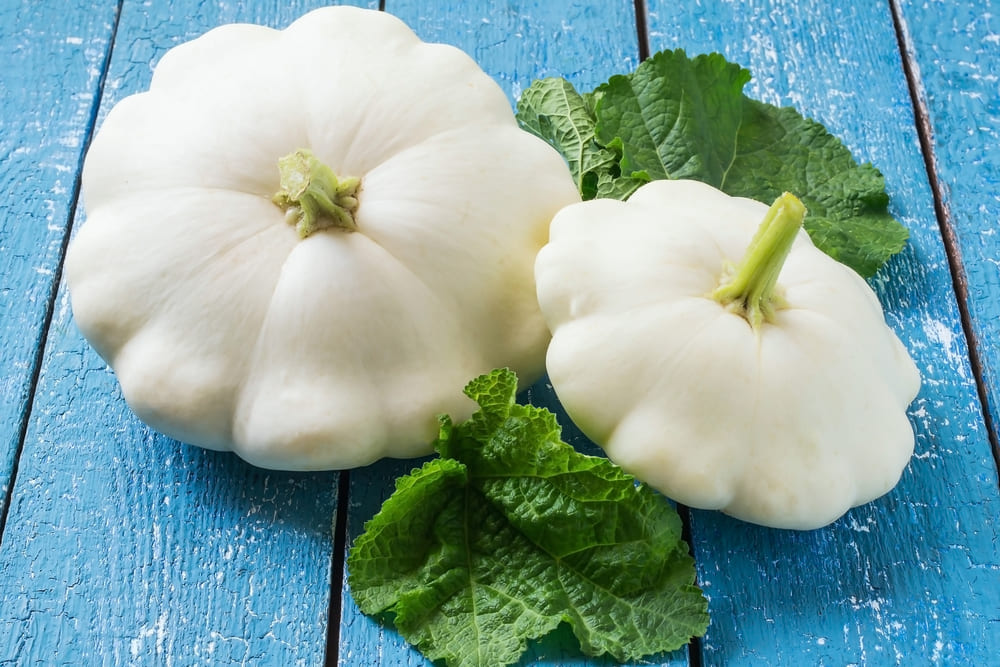
Patty pan squash is a versatile summer squash that grows well indoors or in the garden. It can be steamed or quartered and then roasted or sauteed until tender. It can also be stuffed with cheese, spices, and meat. If you are growing it indoors, you will want to water it regularly to prevent it from drying out. In order to grow it outdoors, you must plant the seeds at least 24 inches apart in well-drained soil. They require 45 to 55 days of frost-free weather to mature. They also need full sun and regular deep watering.
Patty pan squash is available in green and white varieties. The green varieties are scallop-shaped and about two to two inches deep at the harvest. They are tender and weigh less than one pound. If you are sensitive to squashes, you should wear gloves while harvesting. Once harvested, the squash can be kept in the refrigerator for a week.
Pattypan squash is often prepared like any other squash. It can be steamed, stuffed, grilled, roasted, or braised. Some varieties can even be used as edible bowls. They are compact when growing and make excellent edible serving bowls.
Conclusion
One of the challenges of growing squash is nutrient management. Increasing the nitrogen level of a crop can lead to a variety of problems, including poor quality and uneven surface. However, proper irrigation is important to maintain soil moisture and prevent loss of nutrients. It is also important to sample plant sap and tissue for appropriate fertilizer management.
